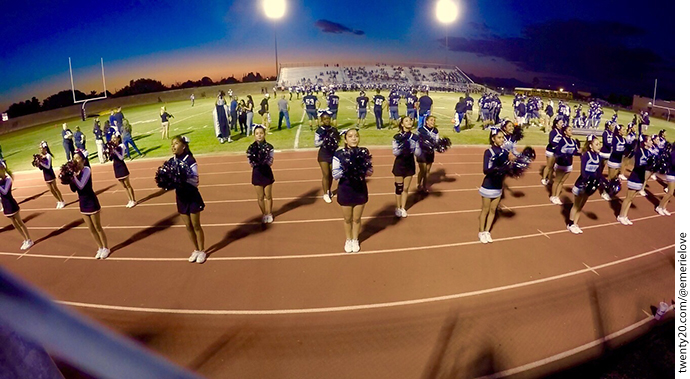
Last week, the organizers of “XQ: The Super School Project” announced the ten winners of its competition to reimagine the American high school. Each winner took home $10 million to help turn its design into reality.
I think the idea is appealing. I wholly agree with the premise that high school needs to be rethought, and that the work is best done by educators and entrepreneurs in real schools and communities, not by politicos, bureaucrats, well-fed consultants, or us self-impressed think tank types.
I also like that the project is helmed by the talented, dynamic Russlynn Ali. While I had differences with Russ about some big decisions made during her tenure running the U.S. Department of Ed’s Office of Civil Rights, I think she’s razor-sharp and well-suited to lead this effort.
So far, so good. But I start to get nervous when I see this whole goofy “super schools” stuff, and got more so yesterday when I saw the fanboy enthusiasm with which self-professed education reform outlets greeted the announcement.
The promise of the “super schools” themselves probably depends on how one feels about various educational tropes. For instance, Furr High School in Texas, which happened to be the first listed on the XQ site, promises:
Furr High School will activate learning through a project- and place-based model grounded in the rigors of environmental and nutritional sciences. This large public high school will transform its culture with restorative justice, connect the dots between students and community, and combine Socratic seminars, university and business partnerships, and wrap-around services. Students and teachers will pair with their university counterparts to become “green ambassadors” in important environmental-sustainability research projects.
For one thing, there’s enough jargon there to choke a horse. For another, these paper promises are, at best, an unreliable guide to what happens in practice. That’s the problem with these design competitions in education—it’s a lot easier to say things than to do them.
Will the Furr design work? Is it even an especially good idea? We’ll see. It kind of points to the problem of this kind of contest, especially when there seems to be so much checking of predictable “right-answer” boxes (e.g. restorative justice, university partnerships, wrap-around services, green ambassadors). I don’t know how the judging for XQ went down, but long experience leads me to suspect that there were code words and projects that made it to the top of the pile—especially since instructional merit turns out to be brutally hard to judge from a paper proposal.
And that’s all fine, as far as it goes—especially if these things were billed as interesting attempts and not as “super schools.” After all, it’s worth keeping in mind that this is hardly the first time something like this has been attempted. The results have generally been mixed, though that can get lost because so few school reformers seem inclined to consider the lessons of even relatively recent history.
For instance, perhaps the most notable “school redesign” competition got its start a quarter-century ago in 1991, when a bunch of CEOs responded to President George H.W. Bush’s 1991 proposal for model schools by launching the New American Schools Development Corporation (NASDC, later shortened to New American Schools, or NAS). As historian Jeff Mirel recounted in the pages of Education Next, it was:
A privately funded, nonprofit organization devoted to supporting the design and dissemination of “whole school reform” models. NASDC’s founders envisioned a complete overhaul of American education stimulated by the spread of these innovative designs. As one put it, school reformers who hoped to receive NASDC grants had to “cast aside their old notions about schooling-to start with a clean sheet of paper, and be bold and creative in their thinking, and to give us ideas that address comprehensive, systemic change for all students for whole schools.”
The results? The effort wound up celebrating familiar ideas which had been gussied up in new jargon. It was dominated by the usual suspects. It gave rise to school models shaped by faddish enthusiasms. The major AIR evaluation found that 21 of 24 models showed no significant impact on learning, and the RAND study of results in scale-up jurisdictions revealed equally uninspiring outcomes. It came to an inglorious end after more than a decade and is now another name on the list of largely forgotten disappointments.
As Mirel concluded back in 2002, “At its inception New American Schools held the promise of being an extremely exciting research-and-development initiative in education. It would sponsor the creation of innovative designs, pilot test them in a select group of schools, and decide whether they were effective enough to warrant wide dissemination.” And then it ultimately turned into something else.
I think that’s right. If XQ can avoid those same missteps, temper the enthusiasm of its well-wishers, resist the faddish impulses that always plague these exercises, and avoid the temptation to be defensive about the endeavors it has now touted as socially-just “super schools,” this could be a terrific contribution to school improvement. But putting things that way should make clear why I think the jury is so clearly still out.
—Frederick Hess
Frederick Hess is director of education policy studies at AEI and an executive editor at Education Next. This post originally appeared on Rick Hess Straight Up.


